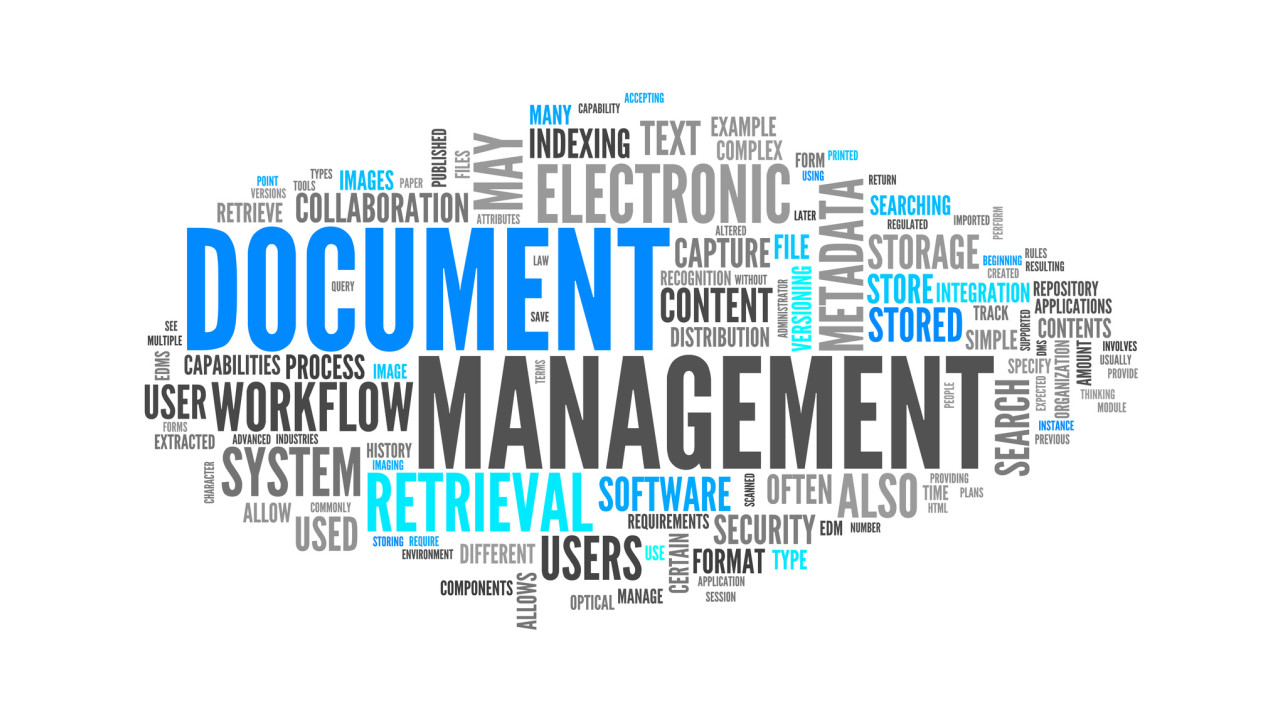From the September 2019 Issue.
It is hard to believe how much document management has changed over the last thirty years. Modern systems have far greater capabilities than those designed even ten years ago. Are you using your document management system (DMS) just like you have in the past? Or have you stepped up your game to take advantage of features like collaboration, automatic versioning, record retention, integration into email, native file format, mobile phone access and seamless portal integration? How about eSignature, integrated workflow, open application program interfaces (APIs), document assembly and delivery, prepared by client (PBC) automation, and automated web integration?
Like the accounting software market, DMS solutions are built with different capabilities for different sizes and styles of firms. While most firms cannot afford and may not have the technical capabilities to implement a Tier 1 (highest level) product, there are likely business benefits from the features included. On the other hand, many firms are trying to get by on Do It Yourself (DIY) or document storage solutions (DSS) products. Historically most DSS systems have not included the more advanced features. Performance often becomes a problem when the number of files stored becomes large. Managing the document libraries and access rights can become time consuming and confusing. Recent marketing approaches have made more sophisticated systems available in the cloud at a per user per month pricing, eliminating some of the technical implementation and configuration process. What should we do?
How Do We Pick the Right Document Strategy and Then Manage It?
As mentioned in the last column on Practice Management, it has been a pleasure to produce an annual survey of Accounting Firm Operations and Technology (https://cpatrendlines.com/shop/afot) that was the idea of Leslie Garrett, currently VP of Marketing of Newforma. Leslie, Brian Tankersley and I have run this free national survey for the last six years, and we invite you to take the survey when it is available this fall. Based on the results of this year’s survey, these document management products are the most widely used (listed alphabetically with CCH and Doc.It together having half of the U.S. Market):
- AccountantsWorld Cloud Cabinet
- Box.com
- Doc.It
- Do It Yourself (DIY, e.g. Windows Explorer)
- Drake Documents
- Dropbox
- CCH Axcess Document
- CCH ProSystem fx Document
- CCH ProSystem fx Engagement
- FileCabinet CS (Thomson Reuters)
- eFileCabinet
- GoFileRoom (Thomson Reuters)
- iChannel
- Lacerte/ProSeries DMS
- Office Tools Workspace
- ONVIO Documents
- Sharefile
- SmartVault
The most sad response from the survey on DMS was no system, not paperless, unsure, or other which was 19.4% of the U.S. market. These firms are wasting a lot of human resources while avoiding some relatively minor licensing costs.
What other products are in use in CPA firms?
- Acct1st
- CNG-Safe
- CompuThink ViewWise
- Egnyte
- Fortis
- Laserfiche
- iManage Work
- Microsoft SharePoint/OneDrive
- OnBase
- Reckon Virtual Cabinet
- ScanWriter/SourceLink
- Worldox
If we had point you to the dominant products by size of firm:
- Small – OfficeTools, FileCabinet CS, Doc.It
- Medium – CCH Document Management, GoFileRoom, Doc.It
- Large – CCH Document Management, iChannel
If you decide that you desire new document management software, consider these characteristics and whether or not you need them AND if they are included or an option in the document management system you are considering (in no particular order, but more popular current interests are listed sooner):
- APIs to other systems
- Check in/out
- Versioning
- Record Retention
- Stamps/Tic Marks
- eSignatures
- Redaction
- Multi-factor authentication
- Encryption
- Email Integration
- Workflow
- CRM/ Practice Integration
- Secure Portal
- OCR
- Search vs. Folder Browse
- Sharing/ Collaboration
- Storage format
- TIF
- XPS
- Native Documents (including QuickBooks and CaseWare)
- Portability- Laptop/CD Copy
Features are not the only considerations when making a DMS selection. In a recent engagement, we reviewed over 250 DMS features comparing many of the high-end products. But the integrations to practice management, workflow and other operational integrations won out over features in products. Further, most DMS products are priced on a per user per month basis plus a premium for storage if the documents are kept in the cloud. Additional charges can apply for portal, OCR, workflow and other features, so you’ll need to price for your situation.
On the other hand, many of the DMS vendors provide all features for their product at their base price. A favorite product to illustrate included features is Doc.It. The Doc.It offering includes workflow, OCR, a mark-up tool (similar to PDFlyer or TicTie Calculate), a full PDF editor (which can eliminate your need to license Adobe Acrobat), a portal, a mobile solution, integrations to CCH Engagement and CaseWare, PBC list support, and more. At $25-35 per license, depending on volume, Doc.It costs only a little more than your Adobe licensing and provides far more capability.
While firms are trying to use DSS tools like Box, ShareFile, SmartVault and Office 365 to build DMS systems, this requires effort and expertise to complete the implementation. Without proper management, these systems can get out of control. To help you understand the issue, picture your local hard drive or network file system folders. Are they completely neat and orderly? Do all the file names make sense? Can you find anything in your system in less than three seconds? If finding a file is taking you more than seven seconds, something is broken in your implementation.
Are the Products Up to the Task?
Some are, many are not. However, this may be less about the products than it is about the selection, implementation and training on your document management product. Many of your firms have implemented DMS systems in the past, but only completed 80% of the job. Once you were done with the initial implementation, you did not go back to optimize your DMS or the supporting workflows. Some of your systems just don’t have the features needed in a modern DMS. It doesn’t matter how hard you tweak a Volkswagen; you can’t make it run like a Porsche, unless of course it has a mind of its own like Herbie. And didn’t Volkswagen just discontinue their old bug?
Thanks for reading CPA Practice Advisor!
Subscribe Already registered? Log In
Need more information? Read the FAQs




